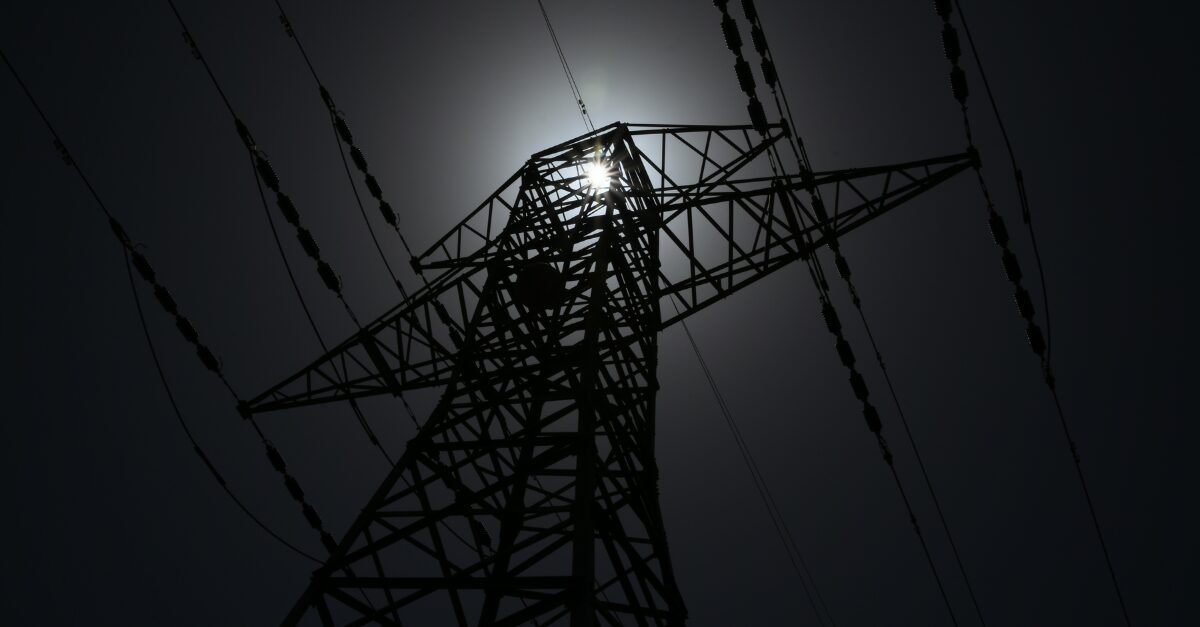
This week, a major blackout swept across Spain, parts of Portugal, and southern France, cutting power to homes, hospitals, transport, and businesses. The outage was linked to a sudden shift in atmospheric conditions that triggered faults across the grid. In response, the Spanish government declared a state of emergency to fast-track restoration efforts and coordinate emergency services. The event exposed serious vulnerabilities in energy resilience — raising questions for countries like Australia, where the energy transition is accelerating and extreme weather is becoming more common.
Spain is a global leader in renewables, with solar and wind making up a big chunk of its energy mix. But the grid hasn’t kept up. When there’s too much energy and not enough demand or storage, the system has to shut off (or curtail) some of that renewable power. That’s been happening more often, and it's a sign of deeper grid pressures.
In this case, the blackout appears to have started with a weather-related disturbance. Like a domino effect, one issue led to another, knocking out systems across borders. It’s something we’ve seen in other regions too, especially during extreme heat or storms, underscoring the importance of energy resilience at a national scale.
And climate change seems to be making those extremes more frequent. Heatwaves, floods, and bushfires all add stress to energy systems, whether it’s by pushing up demand (everyone turns on the aircon) or damaging infrastructure directly. Spain’s blackout, and the emergency response it triggered, is a wake-up call for all modern grids to prioritise energy resilience, not just energy output.
Australia’s energy transition shares a lot with Spain’s. We’re moving quickly towards more renewables, which is great — but it also changes how the grid works.
Here are three things we think matter most:
As solar and wind power grow, so does the need for smarter infrastructure. That means better transmission lines, more energy storage, and real-time tools to balance supply and demand, especially when the weather turns. Energy resilience isn’t just a buzzword; it’s a necessity for business continuity.
Bushfires in Victoria’s west earlier this year destroyed homes and scorched more than 65,000 hectares in a single day. Tropical Cyclone Alfred followed weeks later, causing billions of dollars in damage across Queensland and Northern NSW. These events aren’t just natural disasters — they’re real-world stress tests for our energy resilience, revealing where systems bend or break under pressure. If we’re serious about energy resilience in our land of drought and flooding rains, we need to design systems that can withstand more than just mild conditions.
What happened in Spain shows that having the right energy mix isn’t enough. Governments, regulators, and market operators need to work together to build a system that’s not just clean, but also reliable and ready for what’s coming. Coordination, investment, and accountability are the backbone of an energy resilient future.
Spain’s blackout came just days after the country marked a major milestone: running its grid entirely on renewables for the first time during a weekday. The timing couldn’t have been more telling. It showed how progress and pressure can arrive hand in hand, and why even world-leading energy systems aren’t immune to disruption.
For countries like Australia, it’s a reminder that building more renewable capacity is only part of the job. Making sure our networks, systems, firming capabilities and response plans are fit for the conditions we now face — including extreme weather — is absolutely critical.
To stay up to date on the latest energy news, subscribe to our Energy Insights newsletter.
Explore our monthly market wraps for a comprehensive outlook on the Australian energy market, and start making smarter energy decisions.